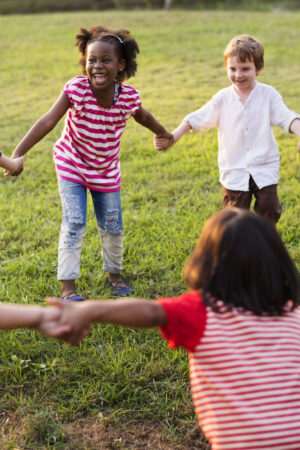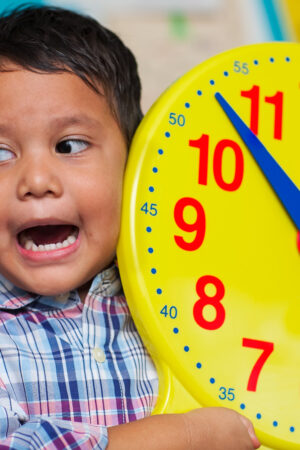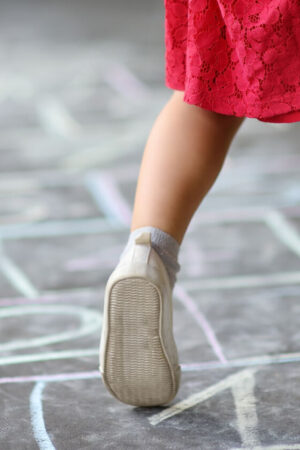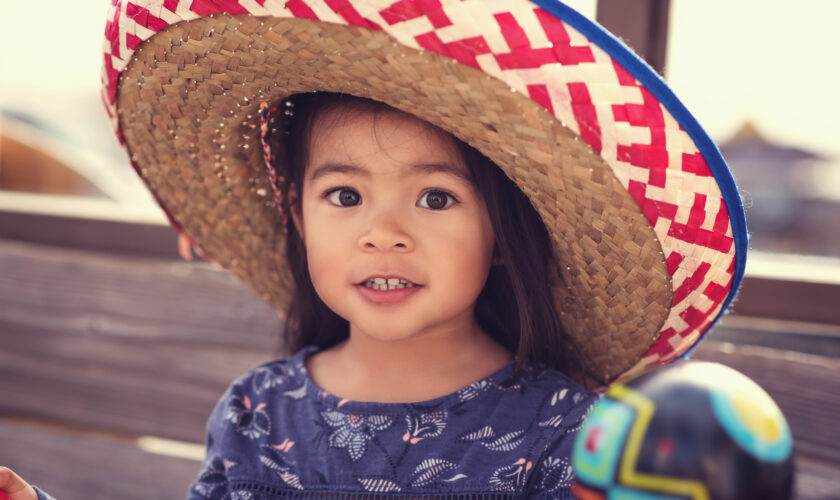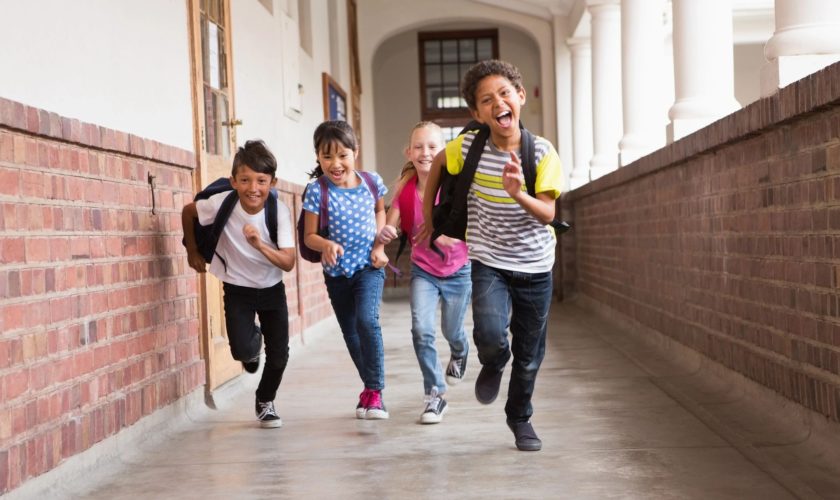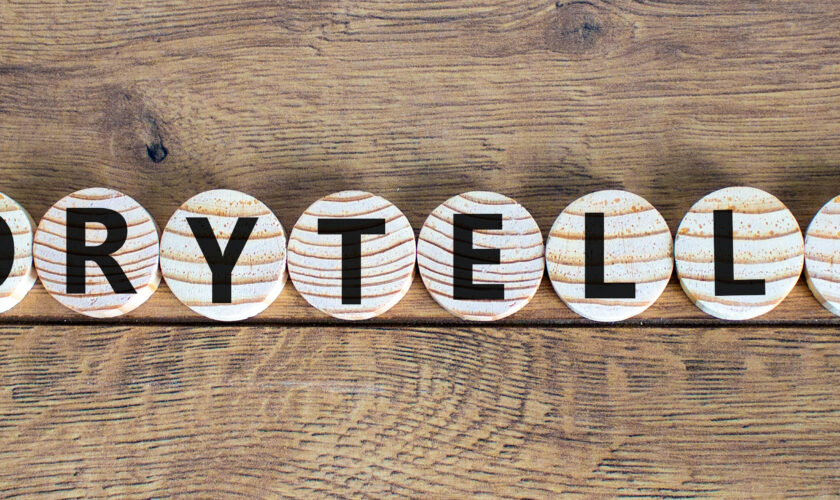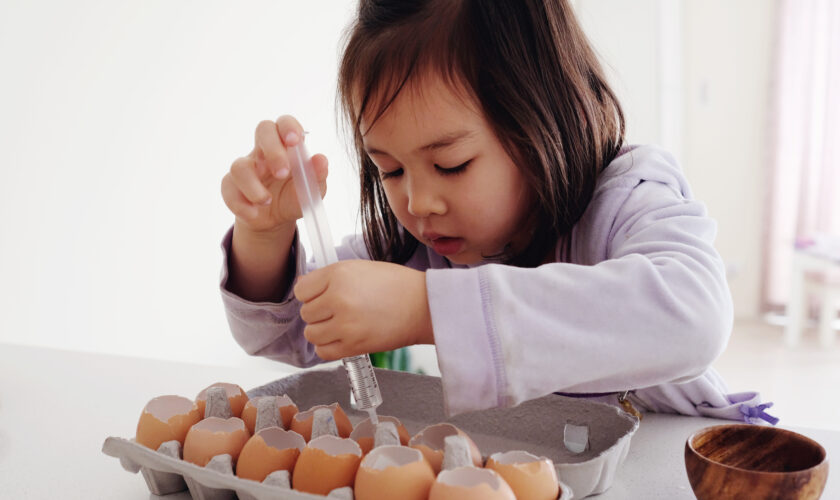By Amy Hoffman
I love trivia. I love learning random facts and attending trivia events, and I even developed a love of hosting a virtual trivia league last year; I’ll share more about that league later. Maybe my love of trivia is part of what made me enjoy teaching 3-year-olds. Not only did my students love to ask questions (and believe me, they REALLY loved asking), but they also loved hearing answers and finding out answers on their own.
